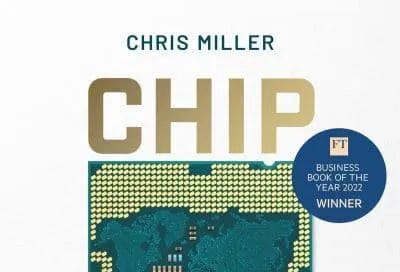A Few Things: What's Next In Chip War, Marko Papic on Russia, How To Be A Great Analyst, Engines That Move Markets, Calling BS, Is Bigger Better in AI?, Jensen Huang with Nicolai Tangen, Sam Altman...
June 29, 2023
I am sharing this weekly email with you because I count you in the group of people I learn from and enjoy being around.
You can check out last week’s edition here: Britain AI Super Power?, India's Foreign Policy, What Do Indian Millennials Want?, Epstein's Money Men, Uranium Crash Course, Your Personal AI, AI Basics For Investors....


